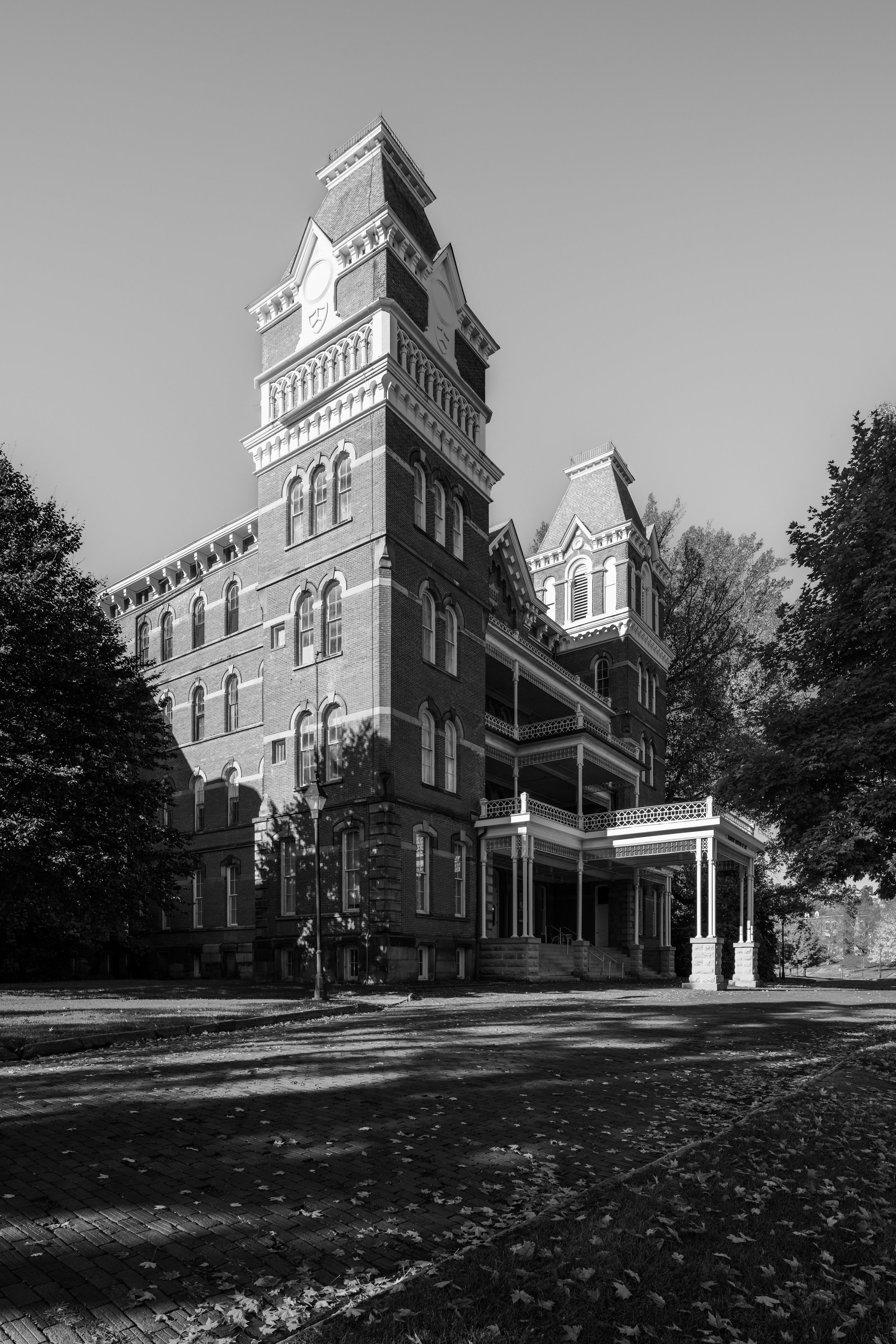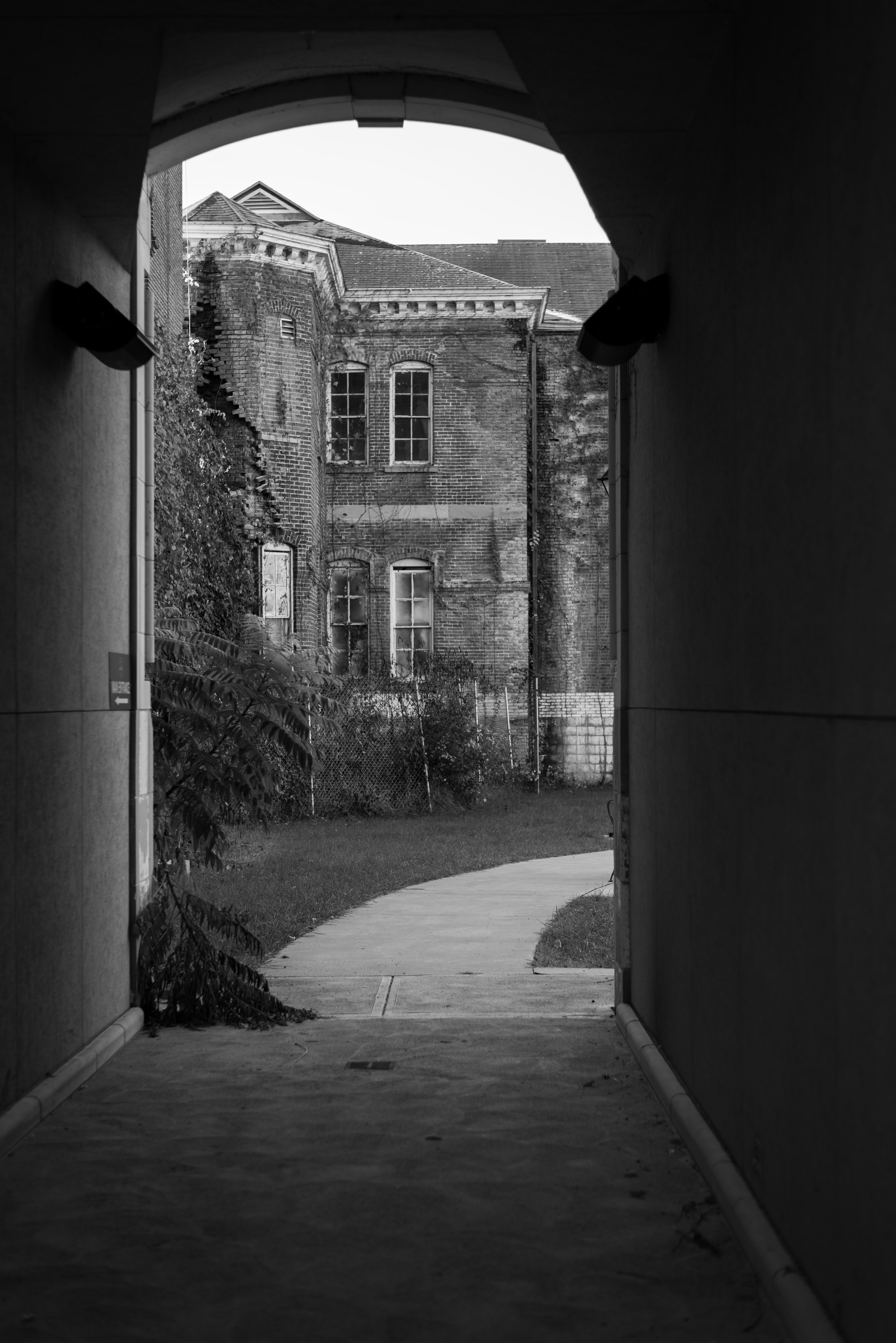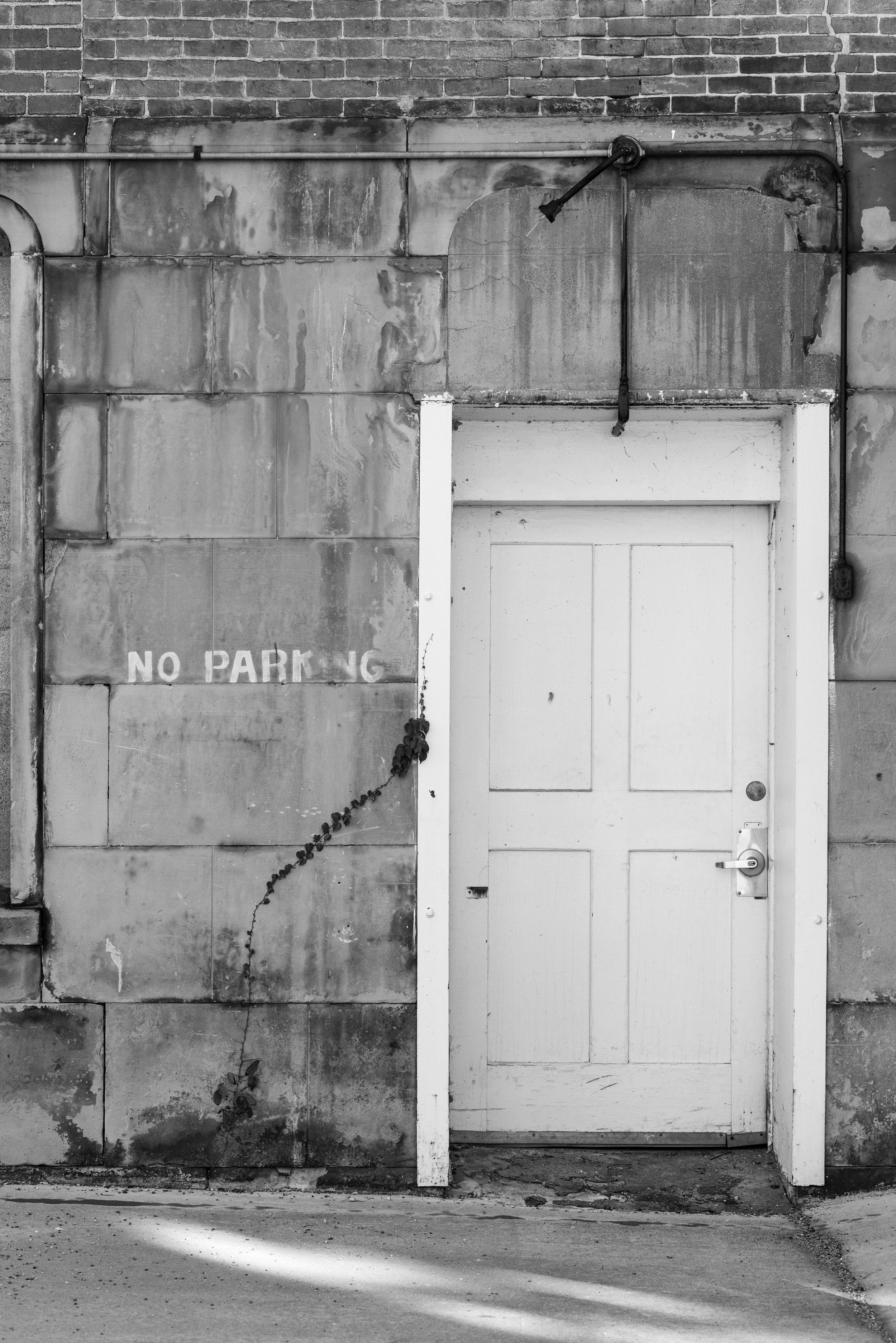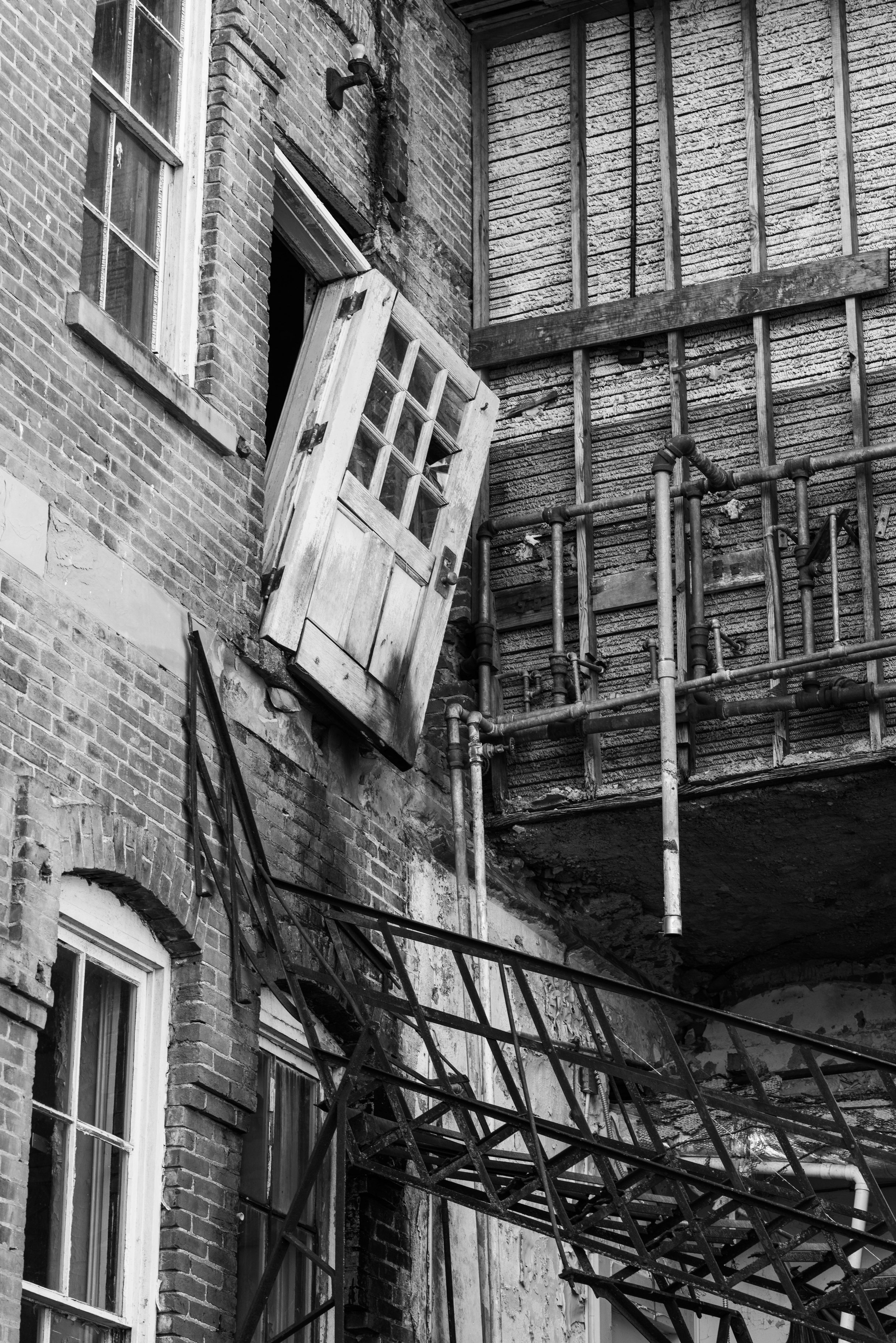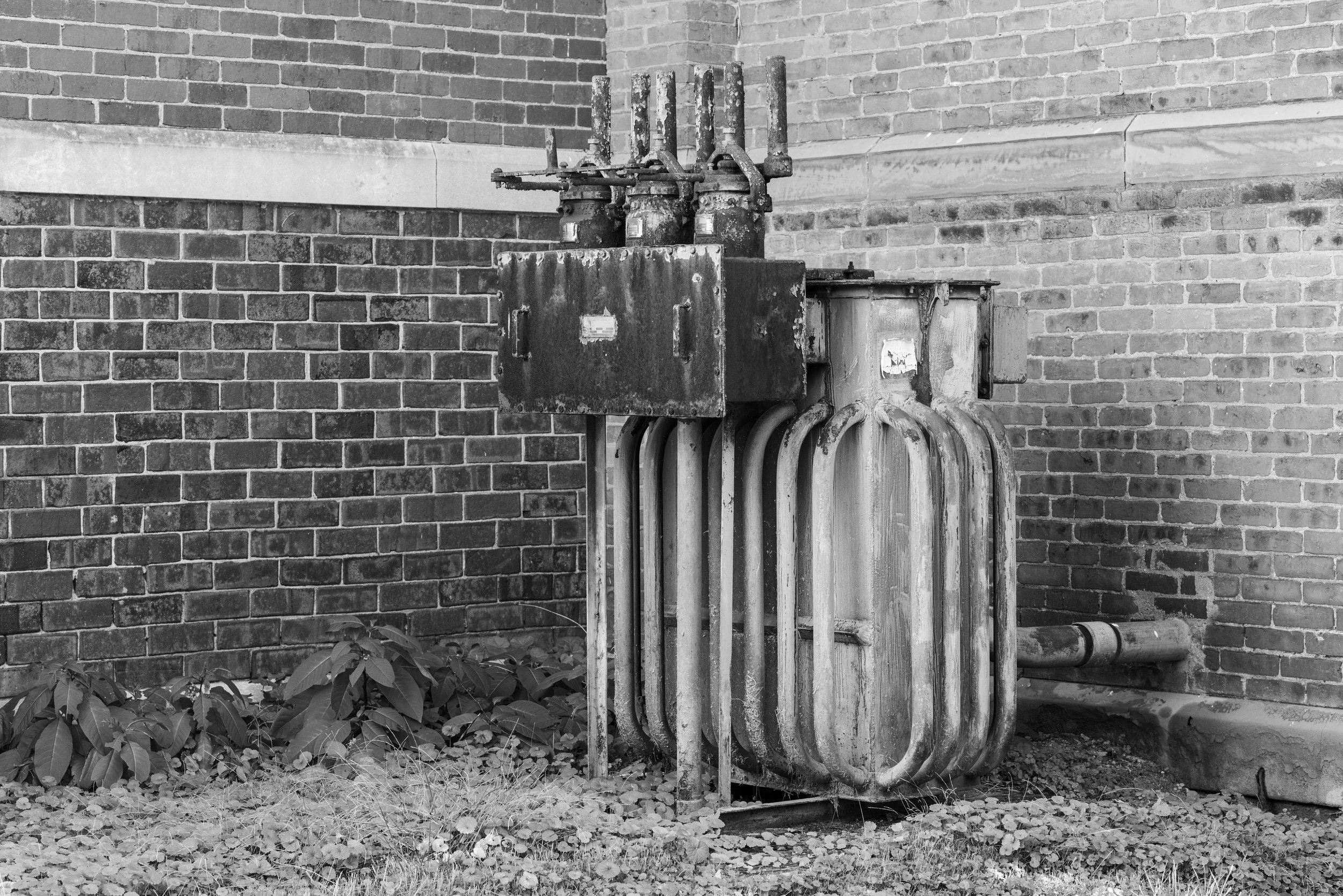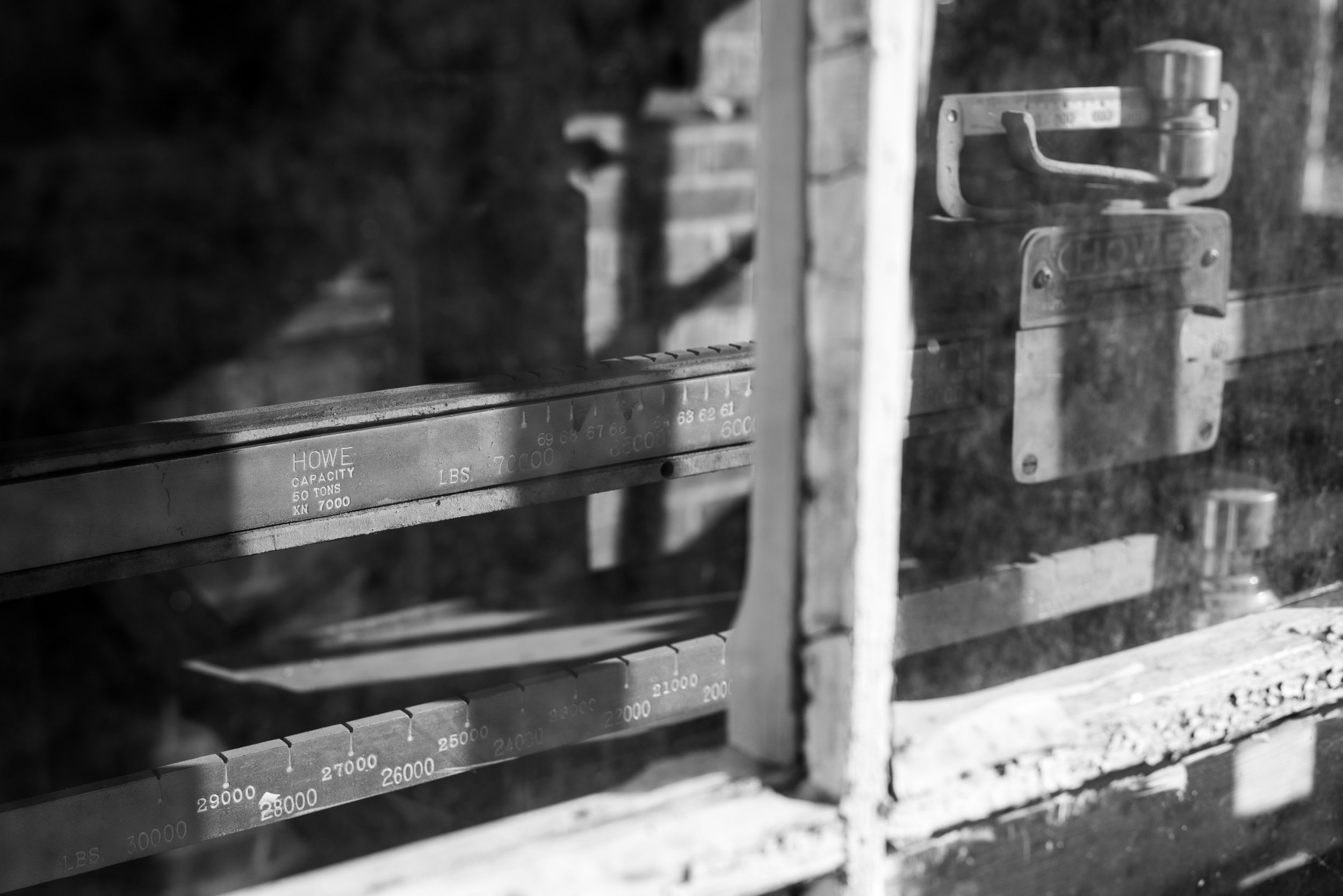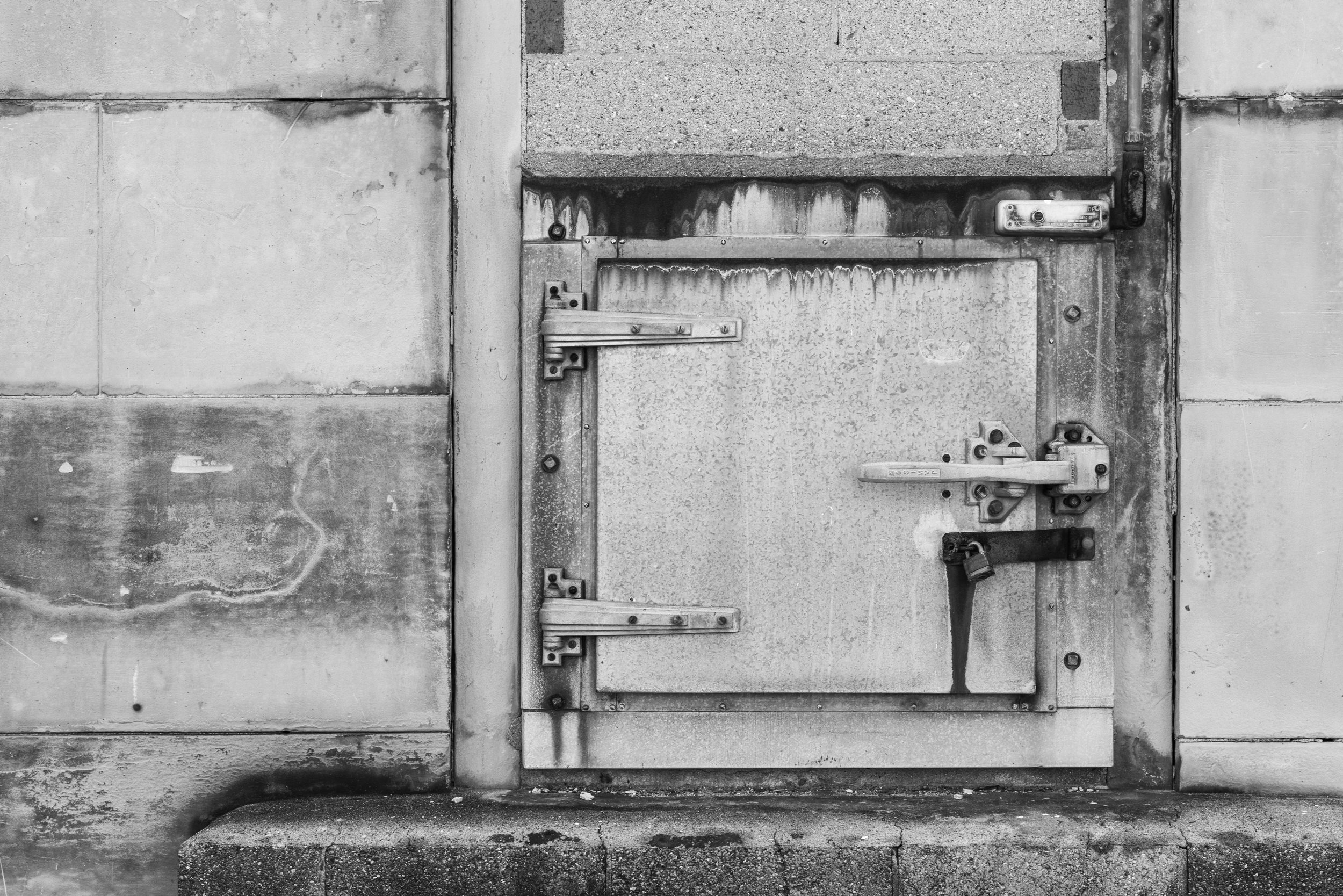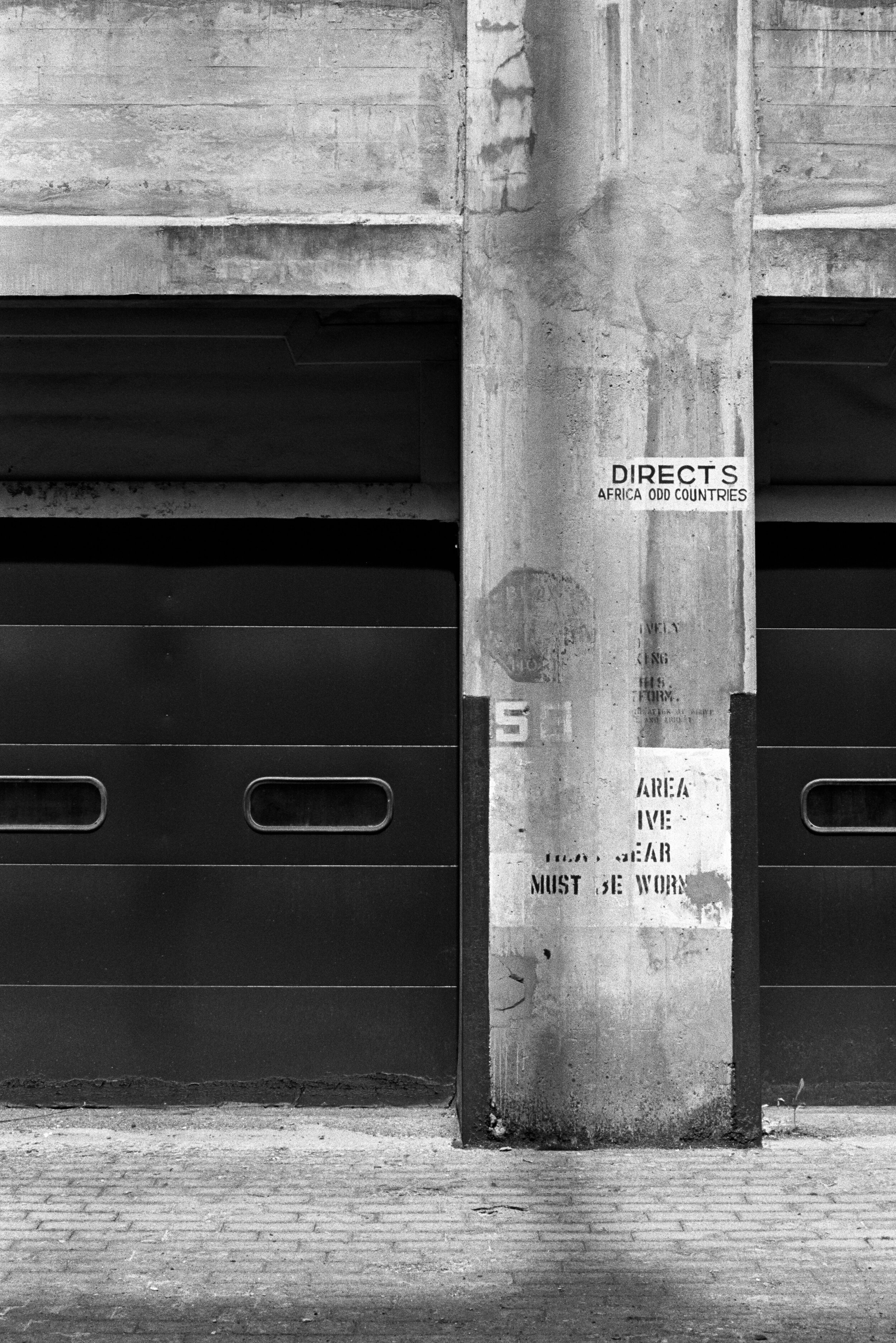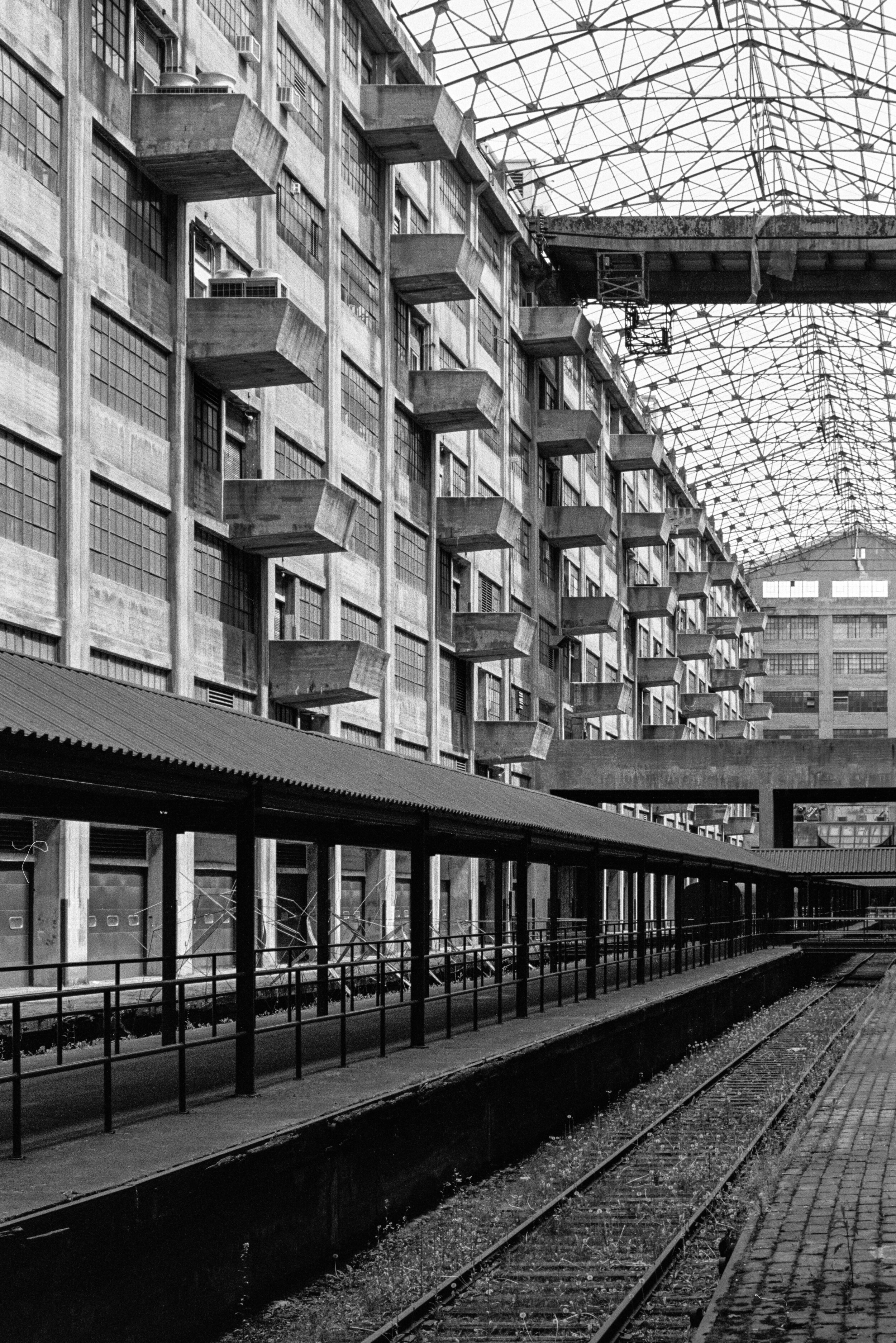I somehow completely overlooked the former research campus of Bell Labs, known today as Bell Works, on my last visit to the Holmdel, NJ area. I was researching another relic of the company for a blog post, the Holmdel Horn Antenna, when I realized this place was a mere 3 miles down the road. After kicking myself for not stopping in when I was so close by, I made a dedicated trip there while home for Thanksgiving.
To understand the history behind the Bell Labs Holmdel Complex, you first need to know a little background on Bell Labs itself. Founded in 1925 by AT&T and Western Electric, a combined 4,000 engineers from the two companies formed Bell Telephone Laboratories to study communications technology. Different groundbreaking discoveries like CCD technology, residual microwave background radiation (proof of the Big Bang), the Unix operating system, and the C programming language can be attributed to Bell Labs researchers. The research organization changed hands as acquisitions and divestiture took hold in the 1990s, leaving Bell Labs in the hands of Lucent Technologies, Alcatel-Lucent, and finally Nokia.
This complex was left disused in the early 2000s and sold to Somerset Development LLC in 2012 after Nokia Bell Labs consolidated their operations in Murray Hill, NJ. Construction started on the building in 1959 and later expansions totaled 2 million + sq ft of laboratory space. The architect, Eero Saarinen, also designed other notable modernist landmarks like the St. Louis Arch and the Dulles International Terminal in Washington, D.C.
Unlike most historic places I visit which are abandoned and decaying, Bell Works has a new lease on life. Some of the surrounding land has been leveled for housing developments, but the trademark transistor water tower and central office building remain. Inside is a mixed-use development which contains a branch of the county library, co-working spaces, and various eateries open to the public. There was some sort of Christmas party going on when I visited and a 5k run happening outside. Despite the redevelopment, key architectural features of the building remain unaltered - namely the cavernous courtyard covered in skylights which runs the length of the building. All 5 floors open on this courtyard, the scale of which is an incredible sight to behold. If you ever make a visit to Bell Works, try Booskerdoo Coffee & Baking Co. I had a sesame bagel and iced coffee and would happily eat there again.
I came across some traces of the original AT&T Bell Labs research activities while taking a drive around the elliptical perimeter road that rings the central office building. The AT&T Global Product Compliance Laboratory and nearby Ocean Simulation Facility have been repurposed as a landscaping company’s garage. A transistor shaped water tower stands guard near the main entrance on Crawfords Corner Road, paying homage to the Bell Labs researchers who invented the transistor itself back in 1947. While I’m a bit disheartened to see those dreaded Toll Brothers developments encroaching on the sweeping fields of grass that lead into Bell Works, it’s far too often that I find out about a place like this long after it’s been torn down. I’m glad that the township was able to find another use for such an interesting piece of architecture and instituted a redevelopment plan that seems to be working.














